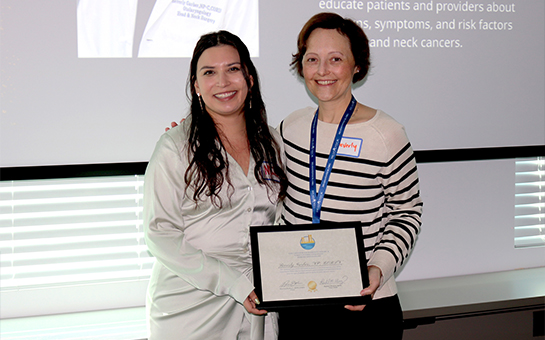Called the catchment area population assessments (CAPA), the survey is a collaboration between the cancer center’s Office of Community Outreach and Engagement and the Office of Population Health.
The survey, conducted in the 19 counties served by the cancer center, offers a detailed picture of the extent of cancer in the region.
CAPA collects essential data on the prevalence and public perception of cancer risk factors, health care access, screening behaviors, health outcomes and disparities across the region.
The most recent assessment reached over 2,000 adults. This made it one of the most comprehensive cancer population health surveys conducted within the area to date.
Key survey insights
Screening gaps persist. Nearly half of age-eligible Native Hawaiian, Chamorro, Samoan,
or other Pacific Islander participants reported they were behind schedule for cervical cancer screening — the highest non-complaint rate among all groups surveyed.
Screening rates for breast and colorectal cancer were lowest among Asian American respondents. Notably, 56% of South Asian participants had delayed colorectal cancer screening beyond the recommended date, while 17% of East Asian participants were overdue for breast cancer screening.
Lifestyle risk factors included personal habits and diet. Only 6% of respondents identified as current smokers, and 27% were classified as obese based on body mass index.
Respondents expressed environmental concerns. A total of 62% of respondents were concerned about the impact of wildfire smoke on cancer risk, and 44% of residents were uneasy about the effects of industrial air pollution. Respondents who self-identified as non-Hispanic, Asian and Black individuals showed significantly higher concern about air pollution’s impact on water safety.





